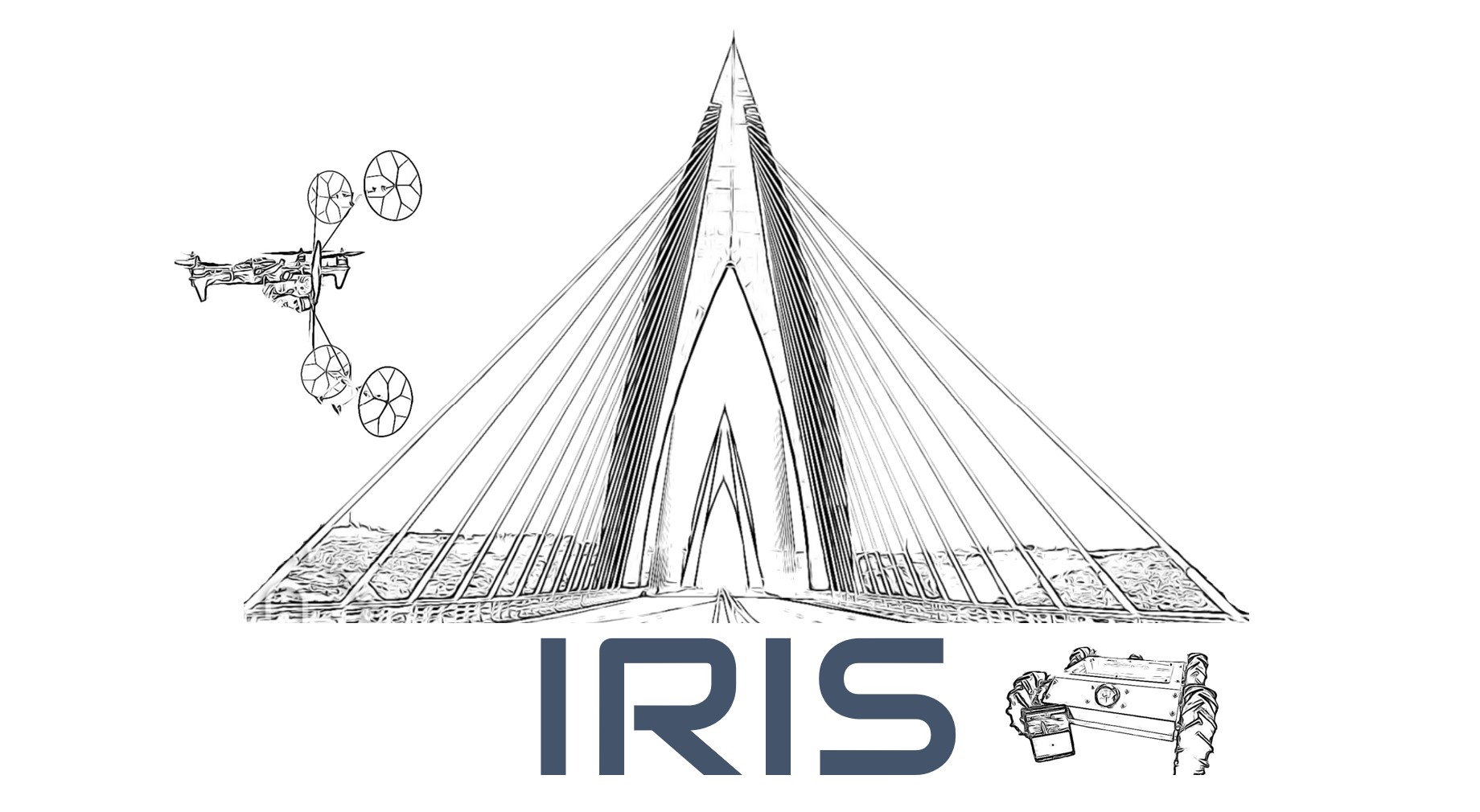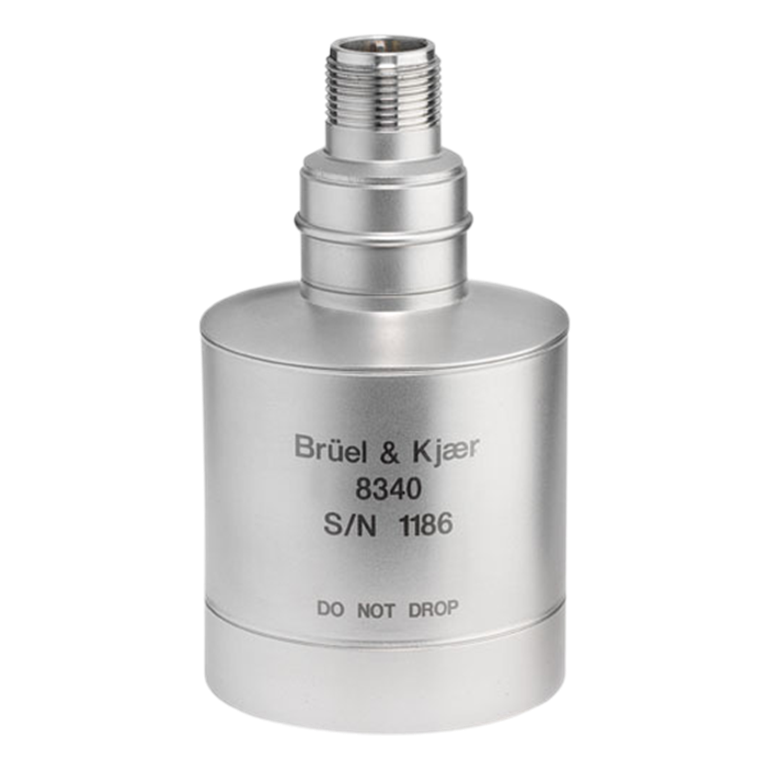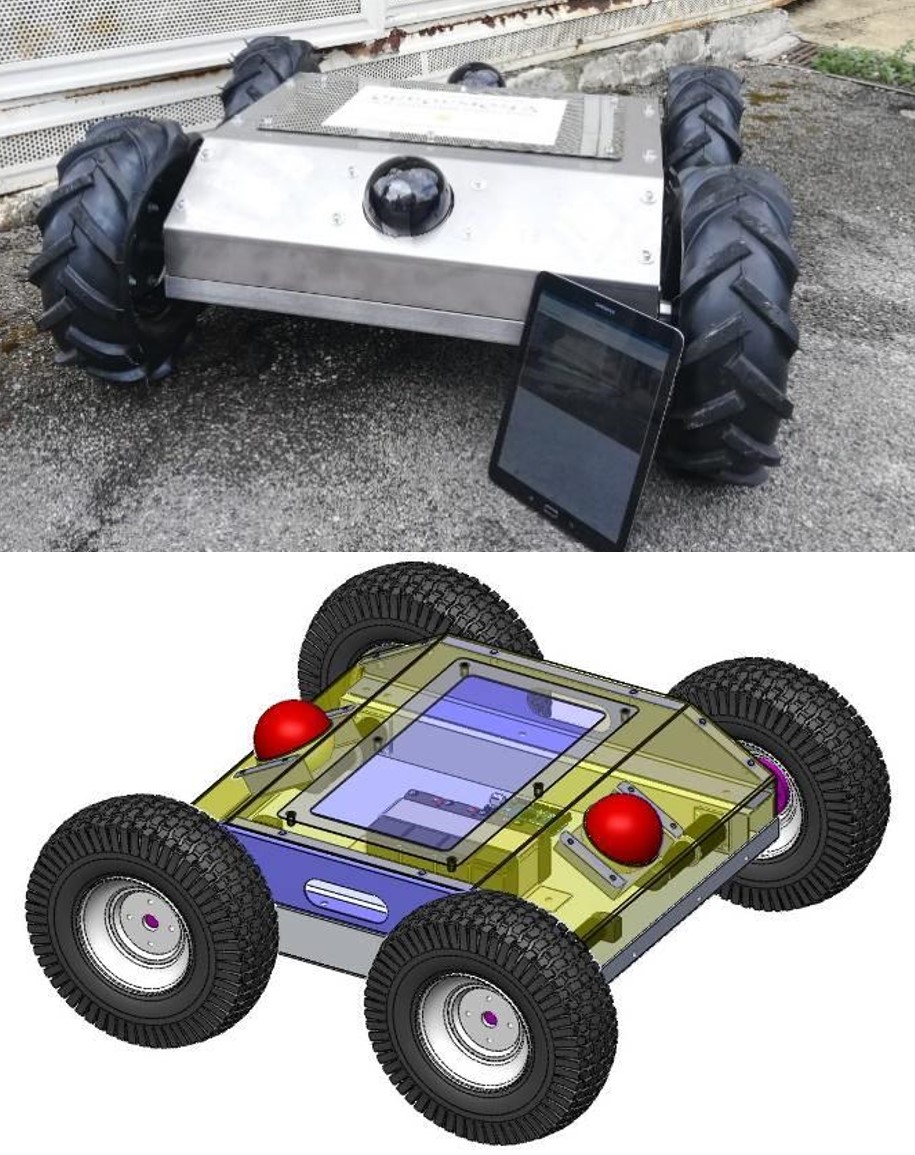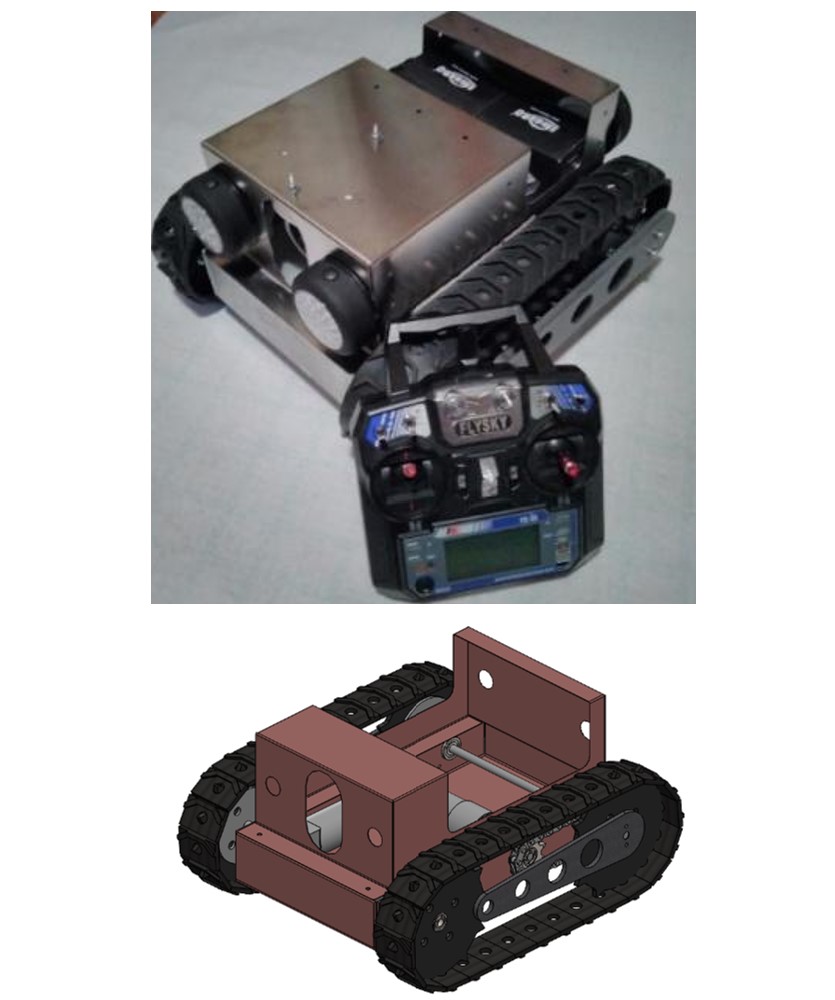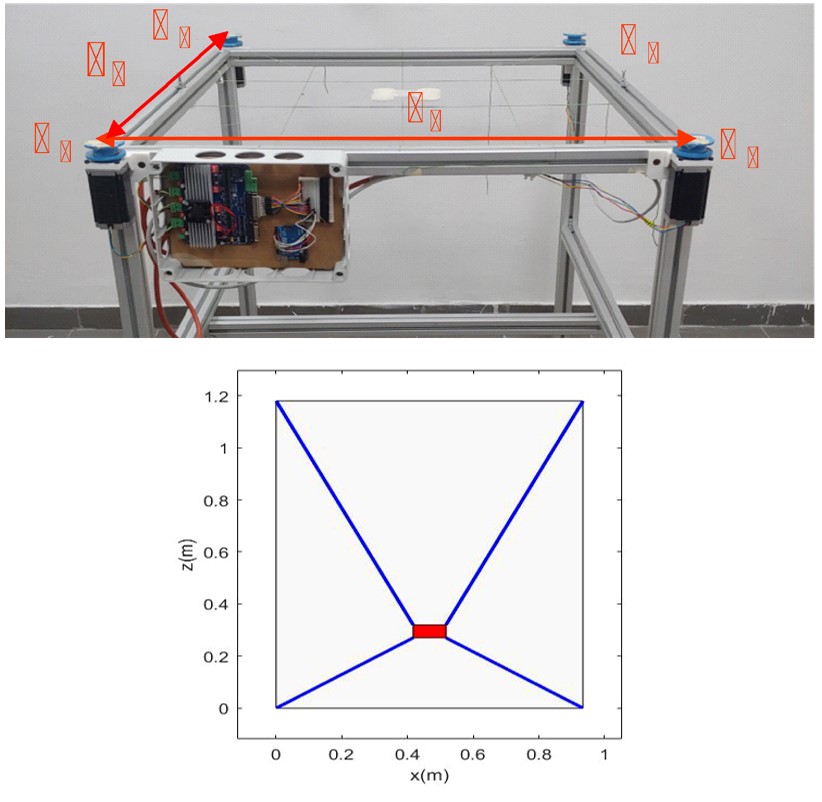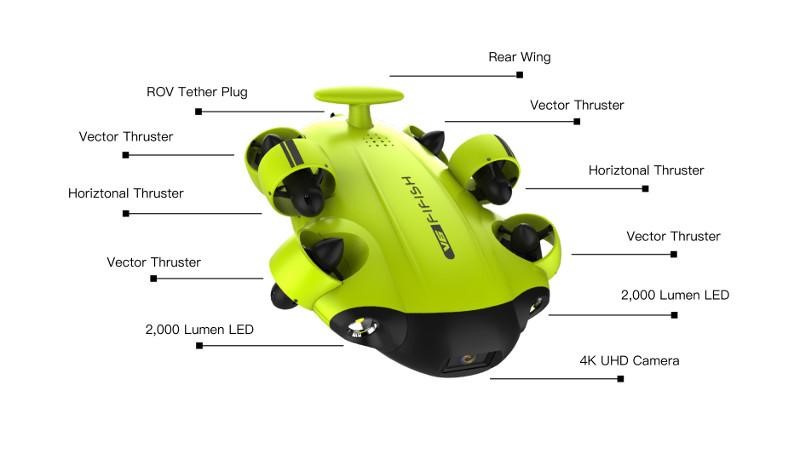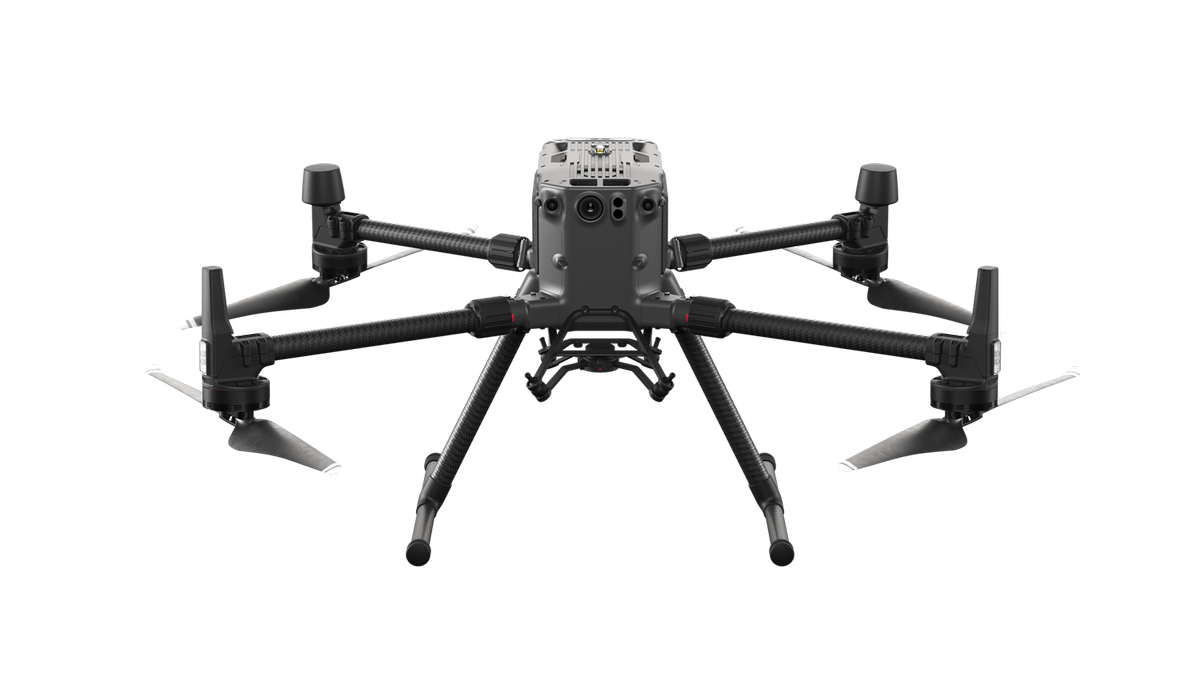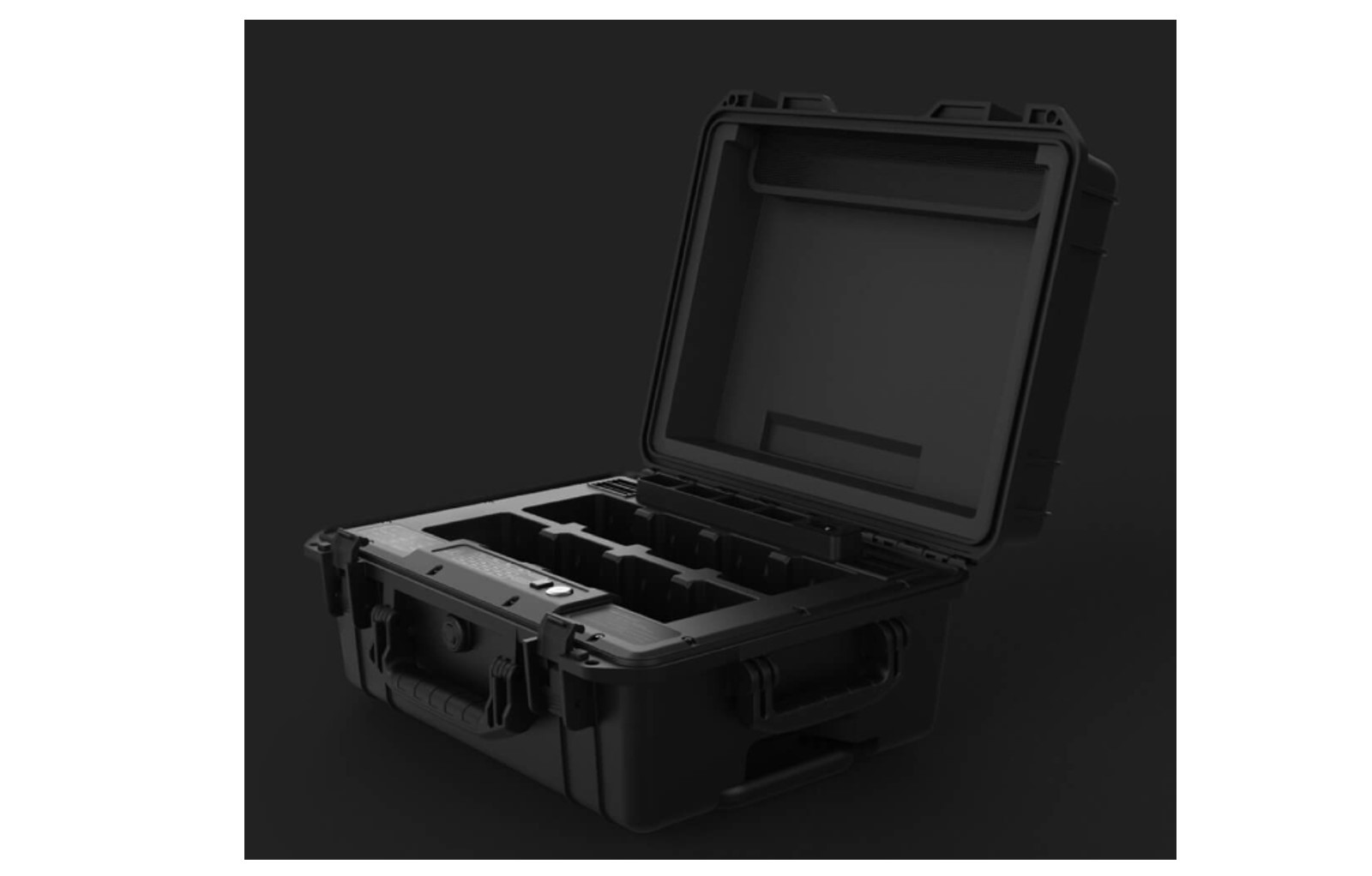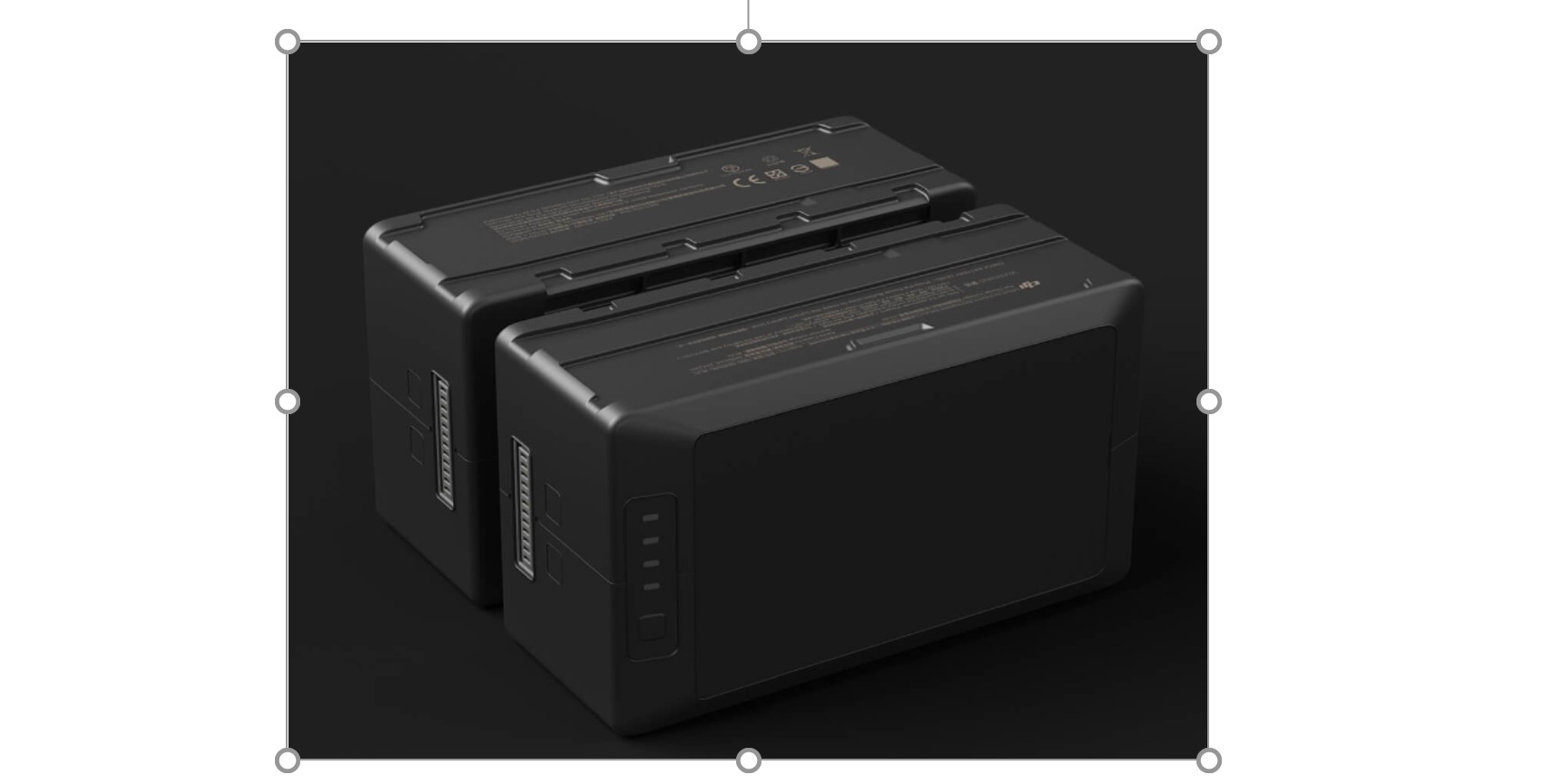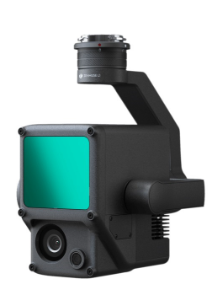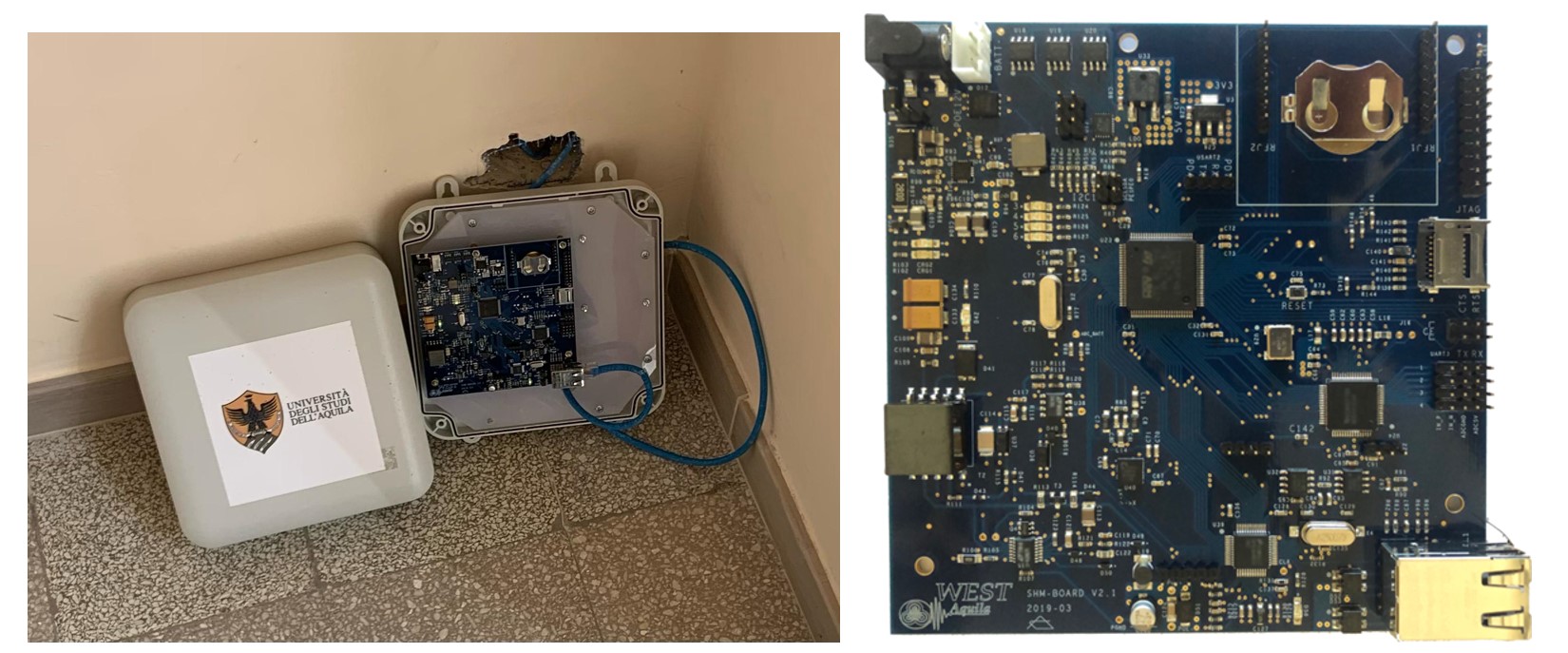Description:
SHM-Board v2 is a highly versatile and high-performance device for real-time SHM of private and public buildings and infrastructures, able to promptly intervene in order to avoid or limit structural-related risks and direct or indirect consequences for people or things.
The board is an evolution of a device designed and used by WEST Aquila S.r.l. (Wireless Embedded Systems Technologies L’Aquila) which was born as a start-up company at the University of L’Aquila (Italy) in December 2004.
Specification:
Specification:
SHM-Board v2 is based on an ultra-low-power micro-controller (MCU) of the STM32F4 family, produced by ST Microelectronic, which offers numerous communication and high-performance interfaces: through its 12-bit ADC, it is connected to a low-noise MEMS accelerometer (Kionix KXRB5-2050), mounted directly on the board, that is always active and acts as a sentinel in the event of accelerations detected above a certain threshold.
From the point of view of communications, SHM-Board v2 has an Ethernet interface (from which it can be powered via PoE) and other interfaces to connect more peripherals. The board also provides the capability to communicate wirelessly (RF) with other nodes of the monitoring network through W-MBUS protocol at 169 MHz or 868 MHZ that allows communication over long distances and is much less exposed to obstacle attenuation. A NB-IoT expansion module is under development.
External low-noise MEMS accelerometers can also be used. SHM-Board v2 is equipped with 4-channels 24-bit ADC able of sampling at 100Hz and on-board data processing in order to minimize the total amount of data to be transmitted. T
SHM Board provides the possibility of acquiring signals from two other types of measuring instruments, inclinometers and crackmeters, both of which are widely used in the field of structural health monitoring (especially after seismic events that caused serious damages to the buildings). The temperature sensor, integrated in the instrument, allows to evaluate the thermal effect on the structure and on the sensor thus allowing to distinguish seasonal variations from real inclinations.
Property/Location:
SAPIENZA University of Rome, Laboratory of Material and Structures

